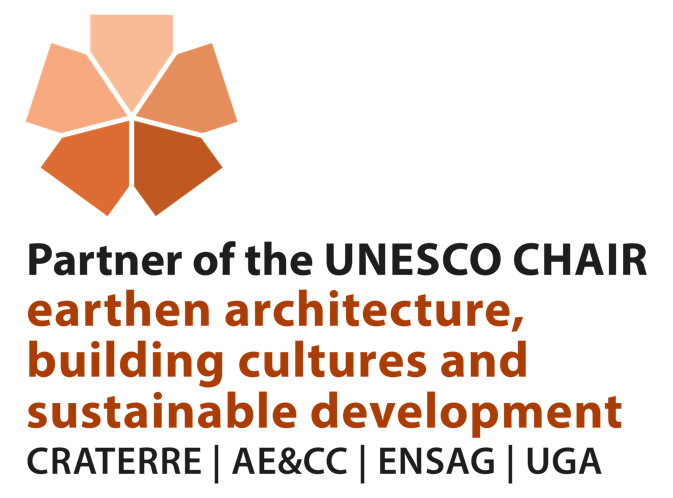UNESCO Chair
Project Lead:
Rowland Keable
2016 - present
EBUKI has contributed as UNESCO chair since 2016. This is unfunded work, yet it underpins much of EBUKI’s work, and is the link to the worldwide Earth Building network.
We recently held the first meeting for UK academics—and one Canadian!—who are somehow involved in earth building, to foster a collaborative network across disciplines. The event, held at UCL Bartlett, was attended by representatives from 12 universities, stretching from Plymouth to Edinburgh, who shared what and how they teach and examine various subjects like architecture, engineering, and health in higher education.
The most recent full UNESCO report (2020 -2023) can be found here.
Here are a few of the images - the darker the red, the more activity in that country:
UNESCO page, Proterra, EBE, and/or each country's organisation, https://terra.hypotheses.org/
Relevant EBUKI links: LBWEZ, Jump, NOS Review & EBE
Pdf of our 2019-2020 submission is now available here
UNESCO only publishes the report in French. Ebuki has translated the 2019-2020 report into English.
-
Need to rectify the lack of information across whole earth building sector from education to research and wider public acceptance. Regulatory acceptance, across the whole world, requires a global approach.
-
Better communication between institutions at national, regional and global level, to facilitate better understanding within the working group and far beyond.
-
Every two years all partners are required to report on their activities in education and training, events, publications, and all else that is relevant.
-
Every few years there are meetings which review the state of earth building education and research across the different global members. Typically these are given a theme.
-
Web page, forming a central hub of information
-
The sense of a global movement towards building cultures which use the old to embrace the new.
-
Through the biannual surveys, by the growth in the members of the UNESCO chair, and through the outputs of the web page.
Additionally change is measured through the growth in links between the various UNESCO chair members, institutions and organisations, and the co-operation which occurs.










